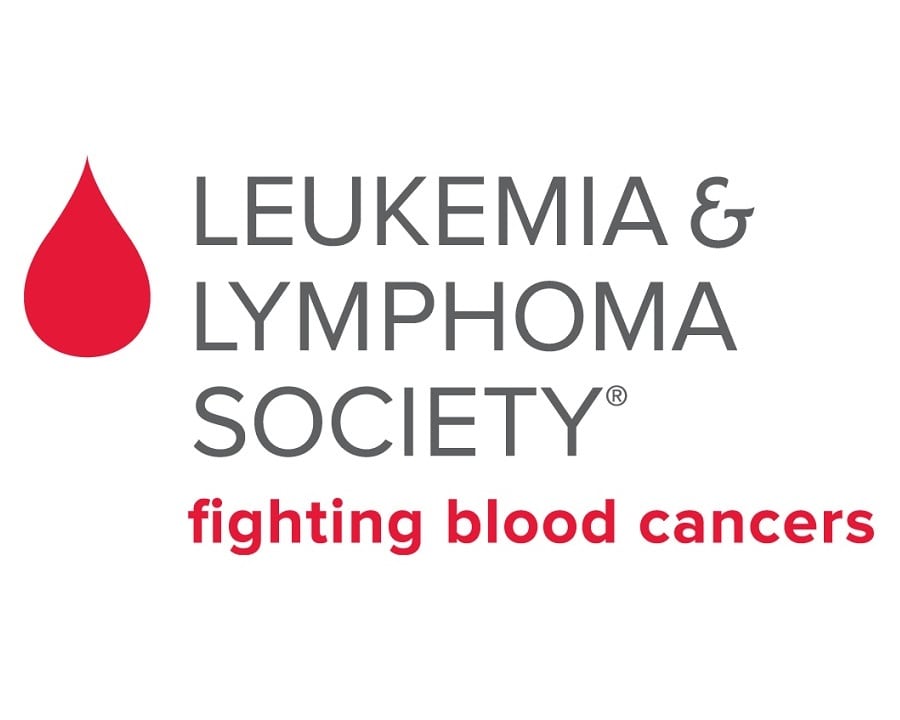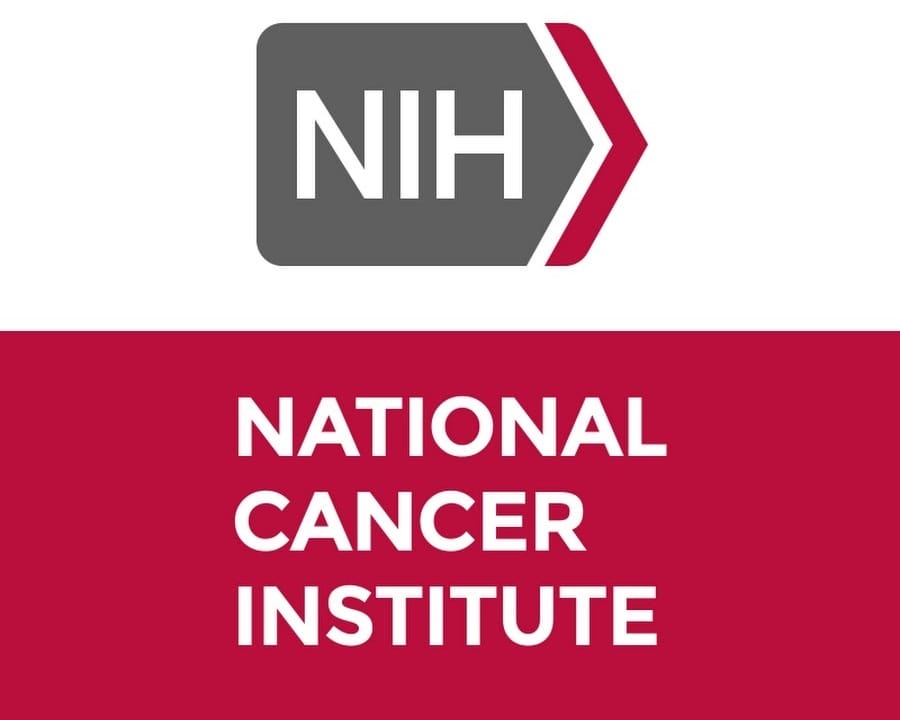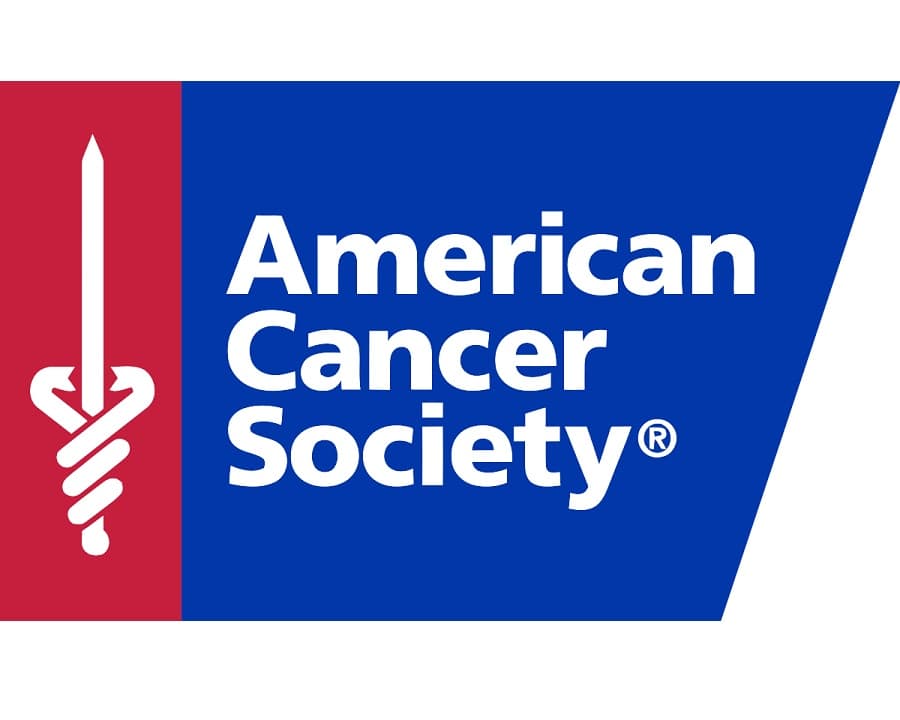Chronic Lymphoproliferative Disorders
Treatment
Last update: October 1st, 2019
The stage of the lymphoma/leukemia and other prognostic factors are important in choosing a treatment plan. Other factors to consider include whether or not the patient is having symptoms, the age and overall health, and the likely benefits and side effects of treatment. The main therapies used to treat the different types of chronic lymphoproliferative disorders are:
Targeted Therapy
Targeted therapies are drugs that specifically target the changes inside cells that cause them to become cancer. These drugs target one or more specific proteins on the cells and may be used alone or to carry drugs, toxins, or radioactive material directly to cancer cells.
Examples of monoclonal antibody therapies are anti CD20 receptor, used to treat many types of non-Hodgkin lymphoma, and anti CD30 for Hodgkin lymphoma.
Specific drugs to block kinases as Bruton’s tyrosine kinase and PI3K, are used in CLL patients. In addition, drugs that targets BCL-2, a protein in CLL cells, helps them survive longer than they should and can be used alone or along with a monoclonal antibody.
Chemotherapy
Chemotherapy (chemo) uses anti-cancer drugs that are given to kill or control cancer cells. These drugs enter the bloodstream and reach all parts of the body.
The chemo combination most frequently used in diffuse large B-cell lymphoma associates a monoclonal antibody to cyclophosphamide, adriamycin, vincristine and prednisone.
Some of the chemo drugs commonly used to treat CLL include: Purine analogs which are given along with cyclophosphamide and monoclonal antibodies, alkylating agents which are often given along with a monoclonal antibody, and Corticosteroids such as prednisone, methylprednisolone, and dexamethasone.
Immunotherapy
Immunotherapy is a treatment that uses the patient’s immune system to fight cancer. Substances made by the body or made in a laboratory are used to boost, direct, or restore the body’s natural defenses against cancer. Some types of immunotherapy are:
- Immunomodulators: Lenalidomide is used to treat adult non-Hodgkin lymphoma.
- CAR T-cell therapy: The patient’s T cells are changed so they will attack certain proteins on the surface of cancer cells. The changed cells are called chimeric antigen receptor (CAR) T cells. CAR T-cell therapy is used to treat large B-cell lymphoma that has not responded to treatment.
- Immune checkpoint inhibitor therapy: PD-1 is a protein on the surface of T cells that helps keep the body’s immune responses in check. PD-1 inhibitors attach to PDL-1 and allow the T cells to kill cancer cells, and are used to treat Hodgkin lymphoma that has recurred.
Radiation Therapy for Chronic Lymphocytic Leukemia
Radiation therapy is treatment with high-energy rays or particles to destroy cancer cells. The way the radiation therapy is given depends on the type and stage of the cancer being treated. It is seldom part of the main treatment and may be used in certain situations as an enlarged spleen or swollen lymph nodes in one part of the body in CLL patients or as external radiation therapy to treat adult non-Hodgkin lymphoma. Radiation Therapy may also be used as palliative therapy to relieve symptoms and improve quality of life.
Stem Cell Transplant
If the initial treatment is no longer working or the disease comes back, another type of treatment as a stem cell transplant, may be an option for some patients. The method consists on giving high doses of chemotherapy and/or total-body irradiation and then replacing blood-forming cells destroyed by the cancer treatment. Stem cells (immature blood cells) are removed from the blood or bone marrow of the patient (autologous transplant) or a donor (allogeneic transplant)
Resources
Publications:
- Costa ES, et al. A new automated flow cytometry data analysis approach for the diagnostic screening of neoplastic B cell disorders in peripheral blood samples with absolute lymphocytosis. Leukemia. 2006 May; 20:1221-1230. Go to publication.
- van Dongen JJ, et al. EuroFlow antibody panels for standardized n-dimensional flow cytometric immunophenotyping of normal, reactive and malignant leukocytes. Leukemia. 2012 Sep; 26(9):1908-75. Go to publication.
- Costa ES, et al. Automated pattern-guided principal component analysis of B-cell chronic lymphoproliferative disorders. 2010 Nov. Leukemia; 24(11): 1927-33. Go to publication.
- Arber DA, et al. The 2016 revision to the World Health Organization classification of myeloid neoplasms and acute leukemia. Blood. 2016 May;127(20):2391-405. Go to publication.




